18 Cat Litter Box Myths That Might Be Messing With Your Routine
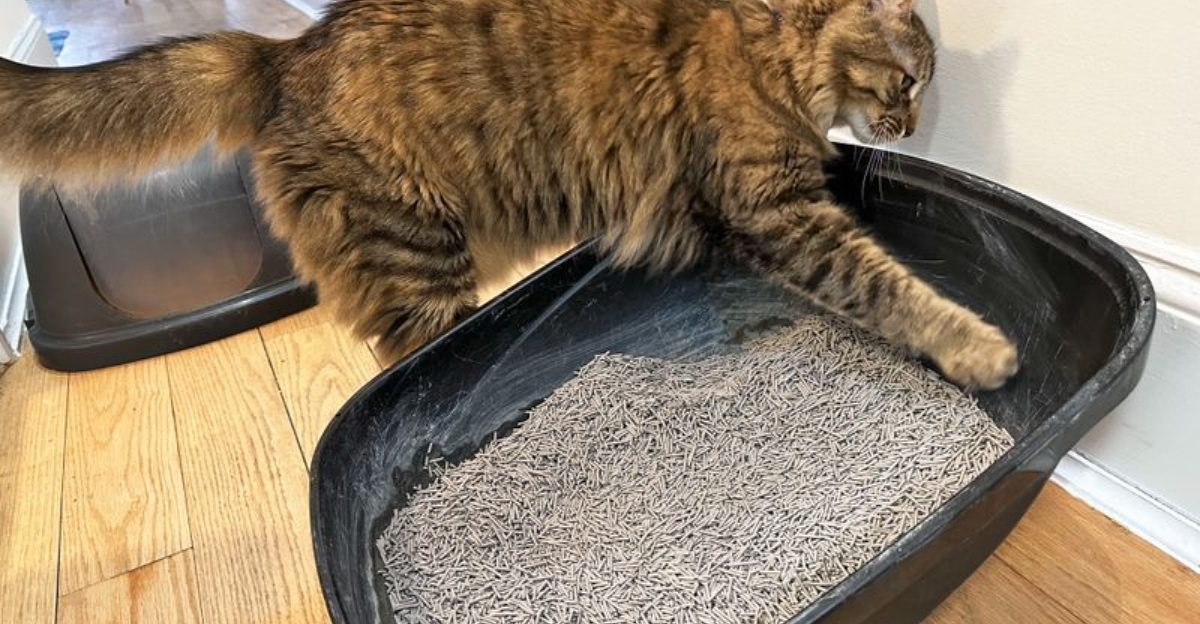
Cat litter boxes are essential for any cat owner, but numerous misconceptions persist about their use and maintenance.
These misconceptions can lead to improper care and misunderstandings about our feline friends’ needs. Today, I’ll debunk some common myths about cat litter boxes to help you provide the best environment for your pet.
1. Litter Box Issues Are Always Behavioral
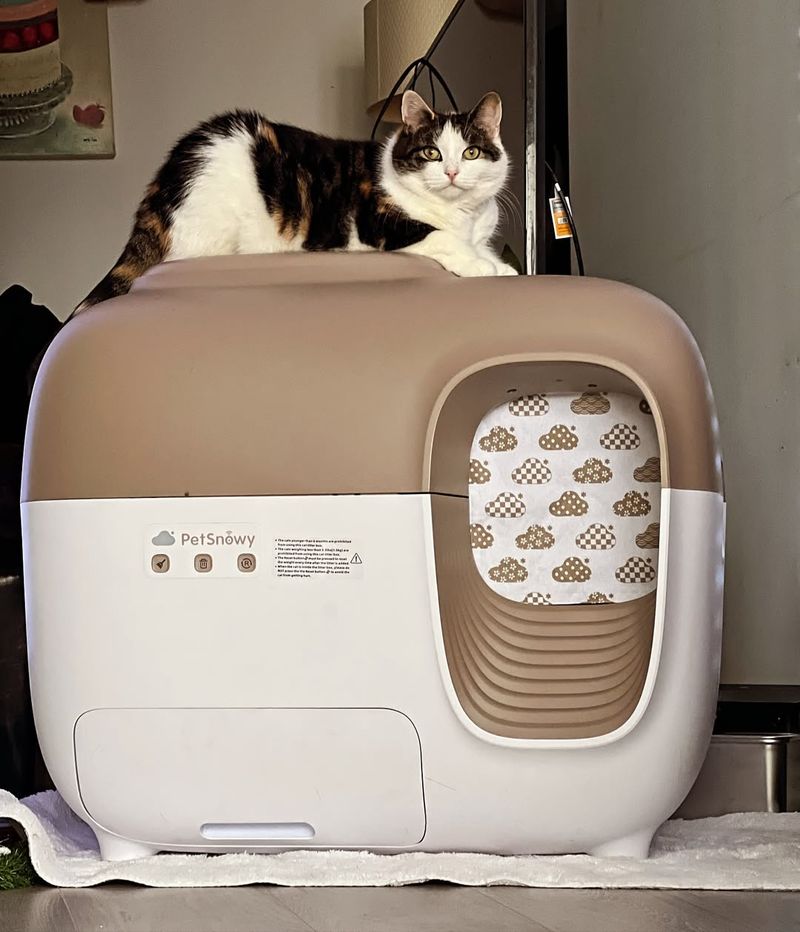
Not all litter box problems stem from attitude. Medical issues like urinary tract infections, arthritis, or digestive problems can lead to avoidance. If your cat suddenly changes their litter habits, call the vet first.
2. Older Cats Use Litter Boxes Just Like Young Cats
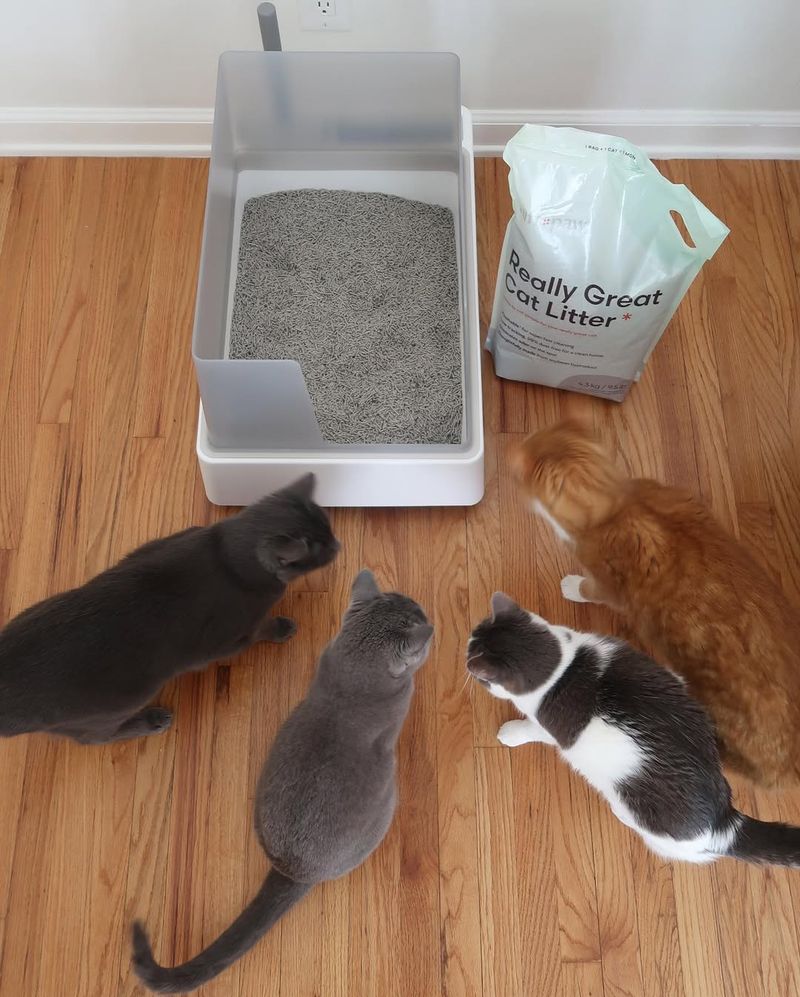
Senior cats often need a little extra help—lower-sided boxes, softer litter, or more frequent cleaning.
Age-related mobility or sensory issues can impact litter box habits. Adapting your setup can make their golden years more comfortable.
3. Litter Boxes Are Always Odorous

A properly maintained litter box shouldn’t stink up your home.
Odor typically results from infrequent scooping, poor ventilation, or the wrong type of litter. With daily cleaning and a quality odor-controlling litter, you can keep things fresh and cat-friendly.
4. Cats Instinctively Use Litter Boxes
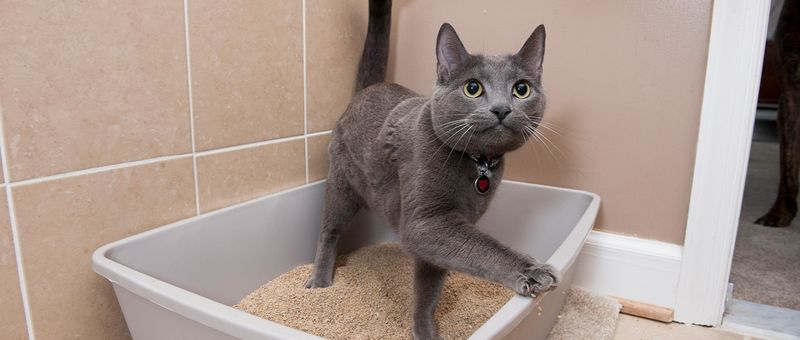
While many cats take to litter boxes naturally, some need guidance—especially kittens or newly adopted pets.
Stress, unfamiliar environments, or past trauma can impact their behavior. Patience and positive reinforcement go a long way.
5. One Litter Box Per Cat Is Sufficient
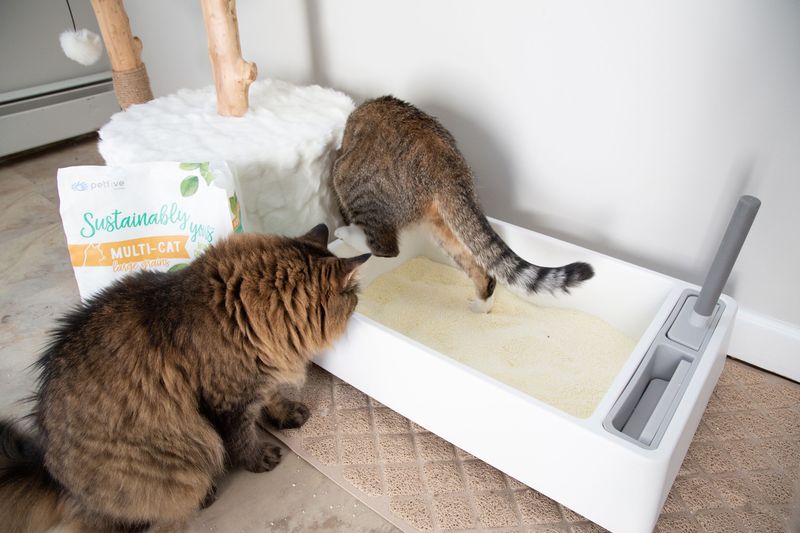
The general rule is one box per cat—plus one extra. Multiple boxes prevent competition and territorial issues, especially in multi-cat households. Cats prefer having options, and it reduces the chance of “accidents.”
6. All Litter Types Are The Same
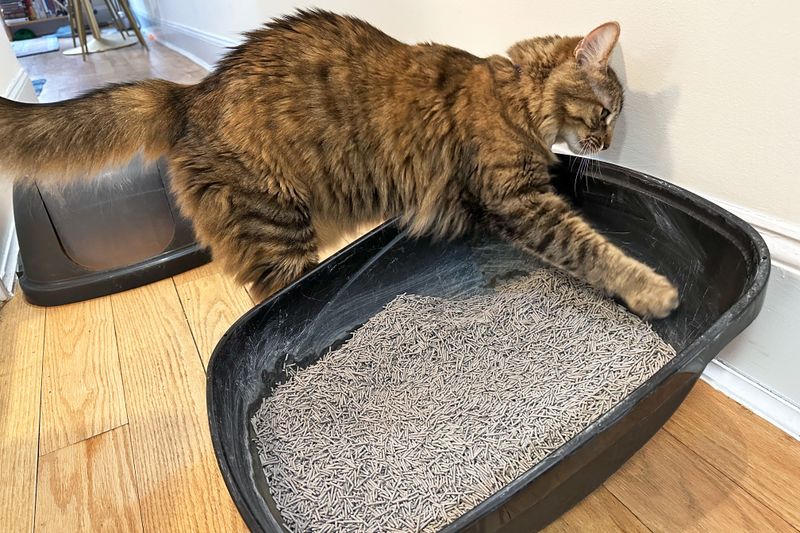
From clay to corn to crystal, each litter type has its own pros and cons. Some clump better, while others are more eco-friendly or gentler on sensitive paws.
The right litter can make a big difference in your cat’s comfort and box usage.
7. Covered Litter Boxes Are Best

Covered boxes may contain odor, but many cats dislike the confined space.
They can trap smells, reduce ventilation, and limit your cat’s visibility—making some cats avoid them altogether. Observe your cat’s preferences before assuming a lid is best.
8. Litter Box Liners Are Essential
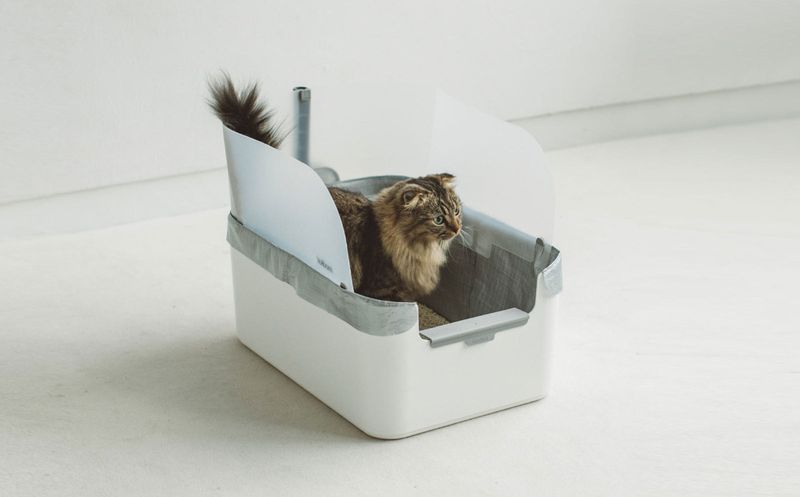
While liners seem like a cleaning shortcut, many cats dislike the crinkly texture and will dig through or tear them.
Liners can actually lead to more mess and frustration. A bare, scooped box is often simpler and more cat-approved.
9. Litter Boxes Can Be Hidden Anywhere
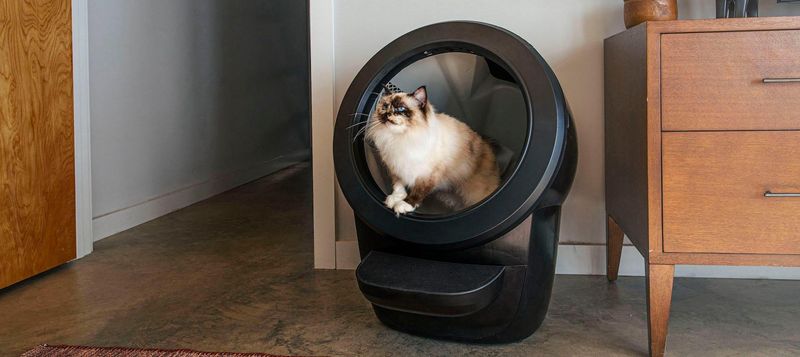
Tucking the litter box in a closet or laundry room may seem tidy, but airflow, noise, and accessibility matter to your cat.
Loud appliances or cramped spaces can discourage use. Choose a low-traffic, quiet spot that’s easy to access and ventilated.
10. Cats Don’t Need Litter Box Changes
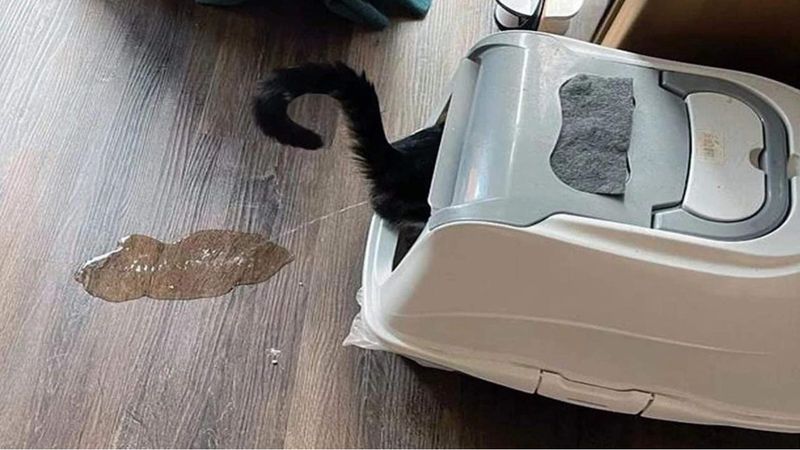
Scooping is not enough—regularly changing out all the litter and washing the box is essential.
Residual odor and bacteria can build up over time, even with frequent scooping. A full refresh every couple of weeks keeps things hygienic.
11. All Cats Prefer Scented Litter
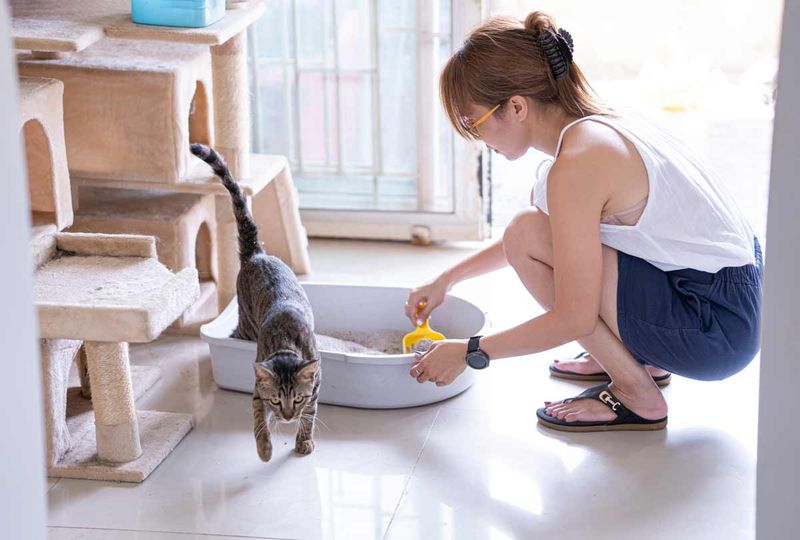
Strongly scented litter may smell nice to us but can overwhelm a cat’s sensitive nose. Some cats even avoid the box because of it. Unscented or mildly scented options are often more successful.
12. Cats Don’t Mind Litter Box Size
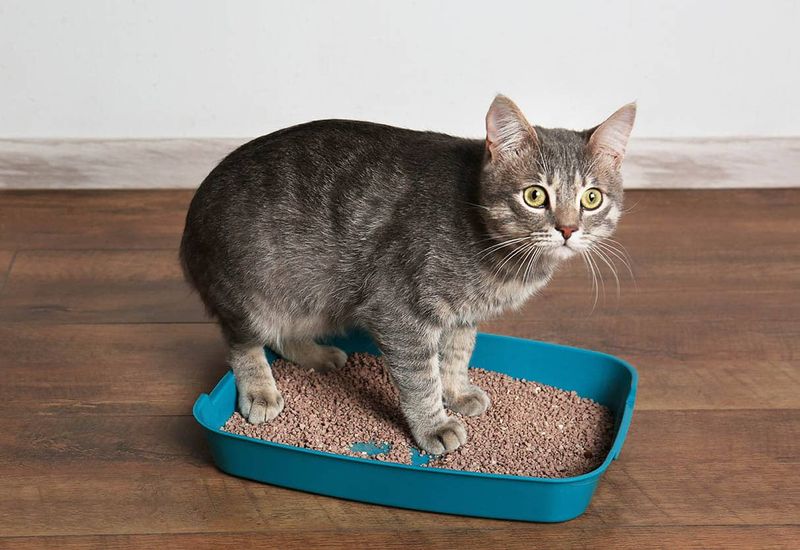
A litter box that’s too small can feel cramped and uncomfortable.
Most cats prefer a box that’s 1.5 times the length of their body, allowing space to turn around and dig freely. Bigger boxes often mean fewer messes.
13. Automatic Litter Boxes Suit All Cats
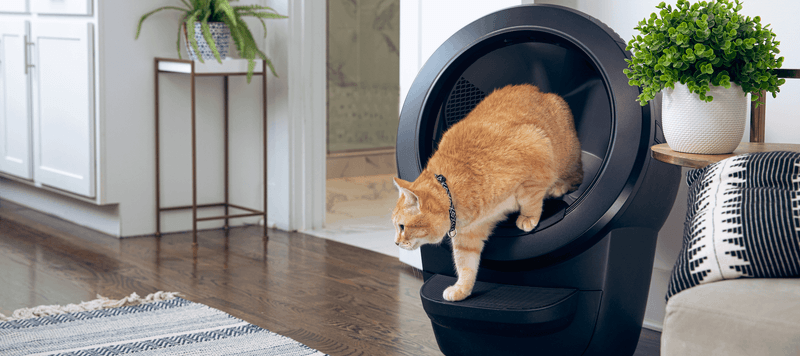
While convenient for humans, automatic litter boxes can frighten cats due to the noise or movement.
Not all cats are comfortable with them, and some may refuse to use one. Test gradually before making the switch.
14. Once-Trained Cats Never Miss
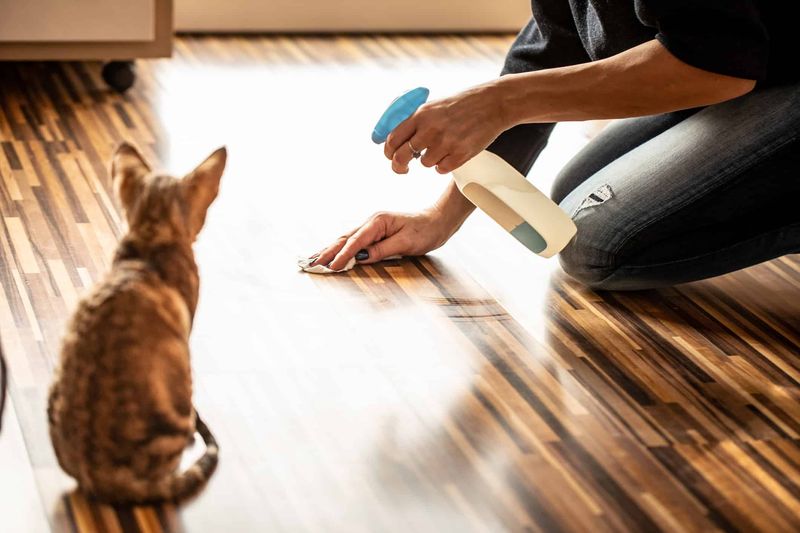
Even litter-trained cats can stop using the box due to stress, illness, or changes in routine.
Accidents are often a signal that something’s wrong. Never assume it’s a behavior issue without investigating possible causes.
15. Clumping Litter Is Always Best
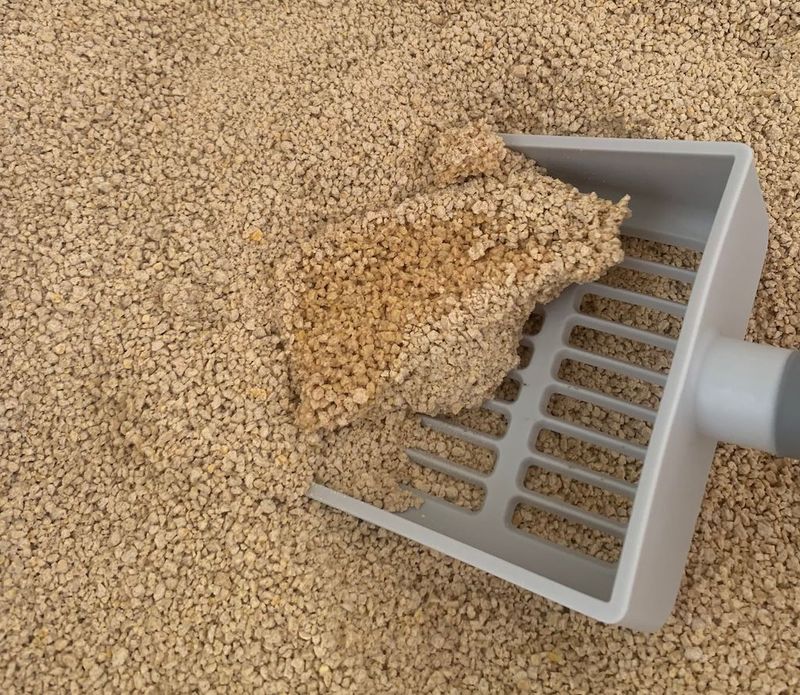
Clumping litter is popular, but not every cat tolerates it. Some prefer soft, non-clumping litter—especially older cats or those with sensitive paws. It’s about what works for your cat, not what’s marketed best.
16. Cats Don’t Notice Litter Box Location
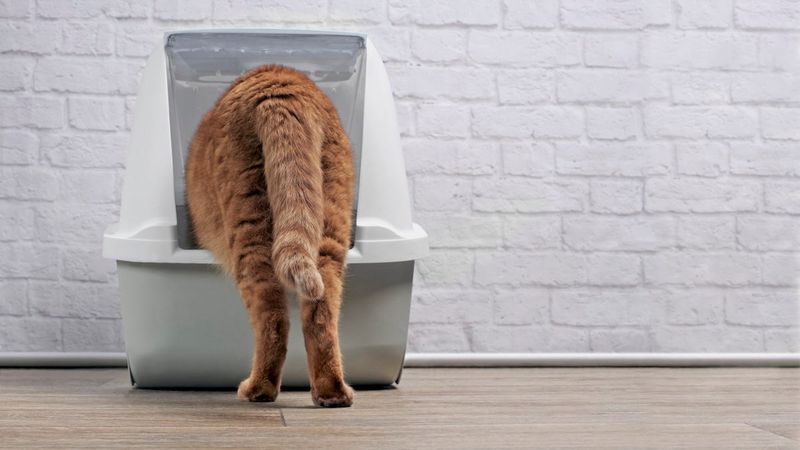
Location plays a huge role in litter box success. High-traffic, noisy, or hard-to-reach areas can discourage use. Quiet, calm, and consistent spots work best for most cats.
17. Clean Litter Box Means No Scooping
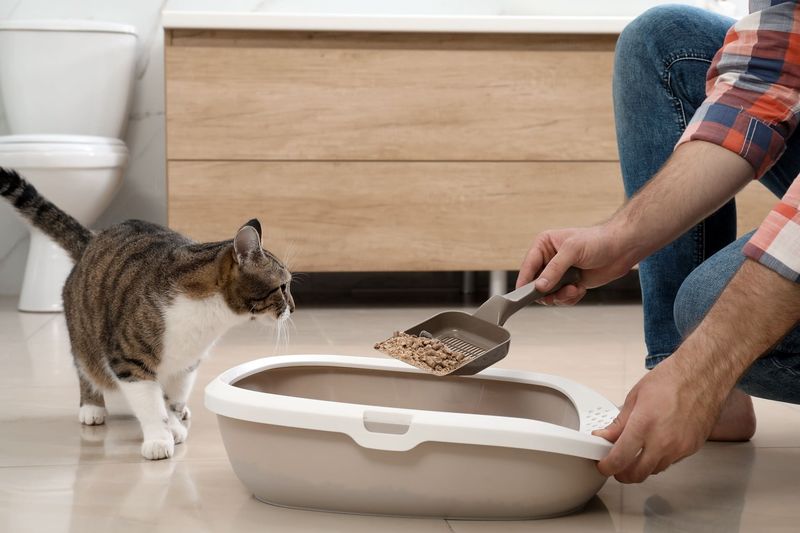
Even if the litter looks clean, clumps and waste can hide underneath. Daily scooping is crucial to maintain cleanliness and keep your cat coming back. Think of it like flushing the toilet—it’s non-negotiable.
18. Cats Don’t Care About Litter Depth
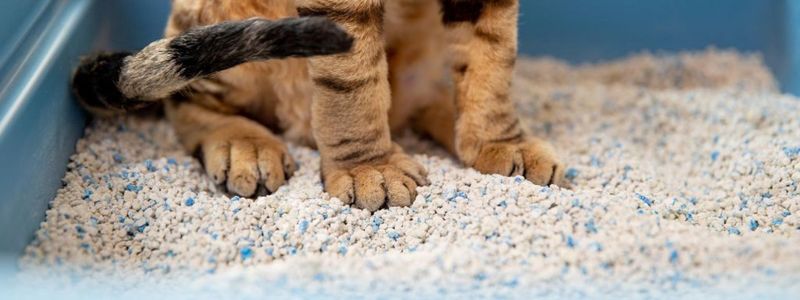
Too much or too little litter can make the box uncomfortable. Most cats prefer about two to three inches—enough to dig, but not so much they sink or scatter litter. Experiment until you find the sweet spot.






